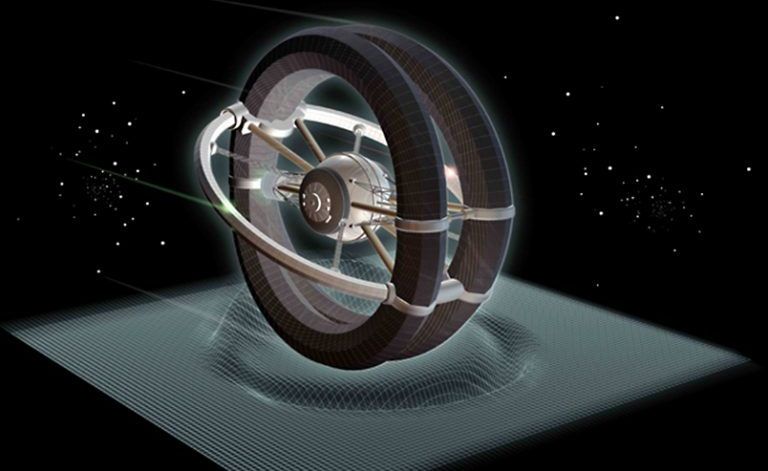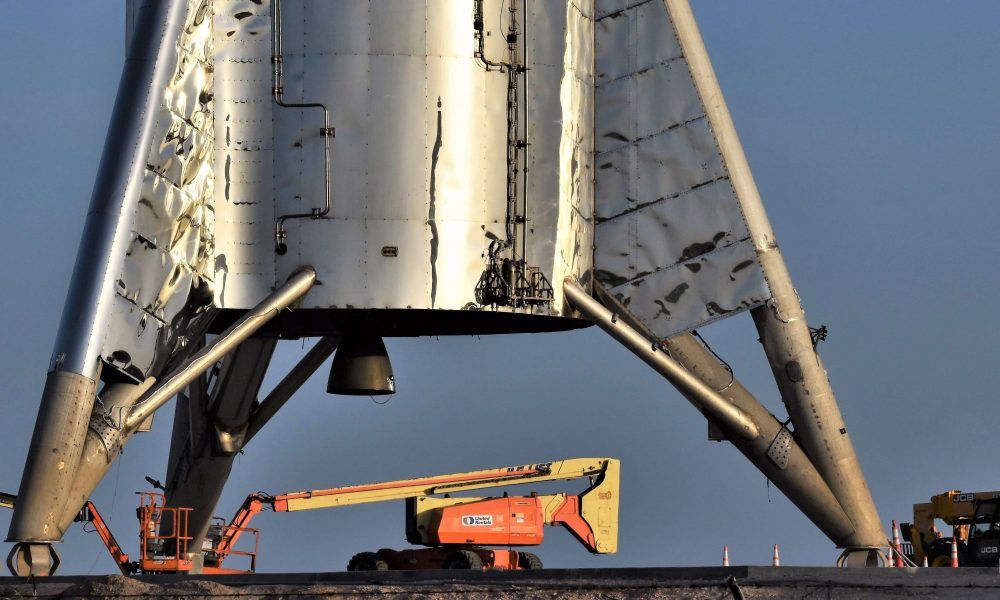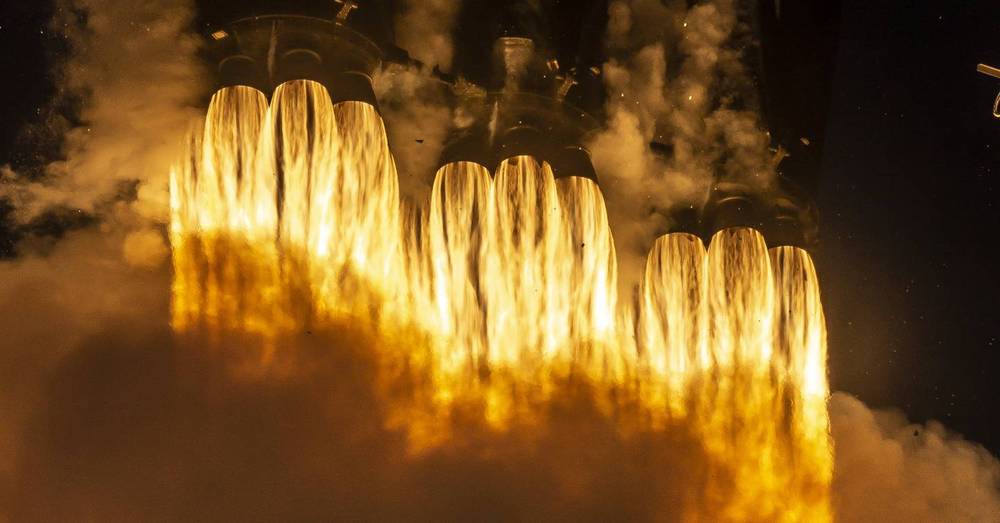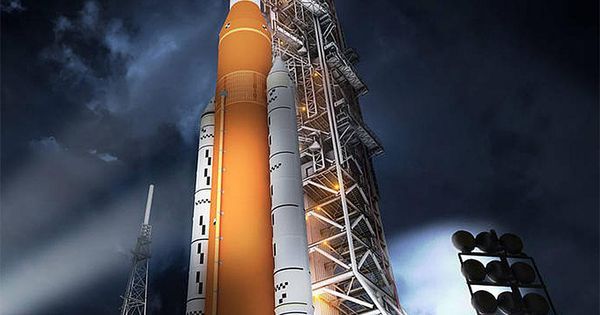Like a misshapen potato chip, our home galaxy is warped. A new 3D map brings the contorted structure of the Milky Way’s disk into better view, thanks to measurements of special stars called Cepheids, scientists report in the Aug. 2 Science.
Making 3D measurements of the galaxy requires estimating how far away stars are from Earth, typically a matter of guesswork. But unlike other stars, Cepheids vary in brightness over time in a particular way that can be used to determine a precise distance to each star.
Although the Milky Way’s disk is usually depicted as flat, previous observations had revealed that the galaxy is curved at its edges. The new study shows that that the Milky Way is even more warped than scientists had thought, says astronomer Dorota Skowron of the Astronomical Observatory of the University of Warsaw. If you took a spaceship into deep space and looked back at our galaxy, says Skowron, “you could see by eye” that it’s misshapen.








